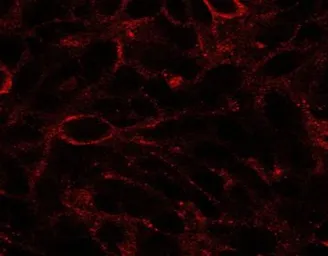Dispatched A antibody, C-term
Cat. No. GTX10142
Cat. No. GTX10142
-
HostGoat
-
ClonalityPolyclonal
-
IsotypeIgG
-
ApplicationsICC/IF
-
ReactivityHuman
